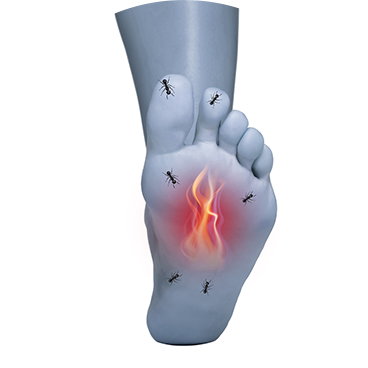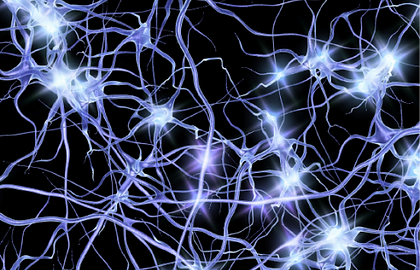WHAT IS DIABETIC NERVE PAIN?
Diabetic peripheral neuropathy (nerve disease) is a common complication in people with diabetes (1). It can result in persistent nerve pain that usually affects the feet and legs first, followed by the hands in a “stocking and glove” pattern (1). Your risk of developing painful diabetic peripheral neuropathy or diabetic nerve pain increases with age and the longer you have had diabetes (2).
The underlying cause of diabetic peripheral neuropathy remains unclear (3). However, there are studies that suggest controlling blood glucose levels alone is not enough to prevent, stop, or reverse damaged nerve function (3).
Factors that are likely to cause nerve damage in diabetic peripheral neuropathy include (2):
If you have diabetes and are experiencing ongoing pain, it is important to describe your symptoms to your doctor.
WHAT DOES DIABETIC NERVE PAIN FEEL LIKE?
Some people with diabetic peripheral neuropathy (DPN) experience nerve pain, whilst others do not (5). Painful DPN develops slowly, beginning at the feet and legs first, followed by the hands (1).
Painful DPN is often described as tingling, pins and needles, burning, freezing, stabbing, shooting, or electric shocks. This pain gets worse at night (1).
Painful areas may become abnormally sensitive if you have nerve pain. For example, sensations that would usually not cause pain, such as clothes brushing against your skin or a cold draught of air, can be intensely painful experiences (6).






 HOME
HOME


















